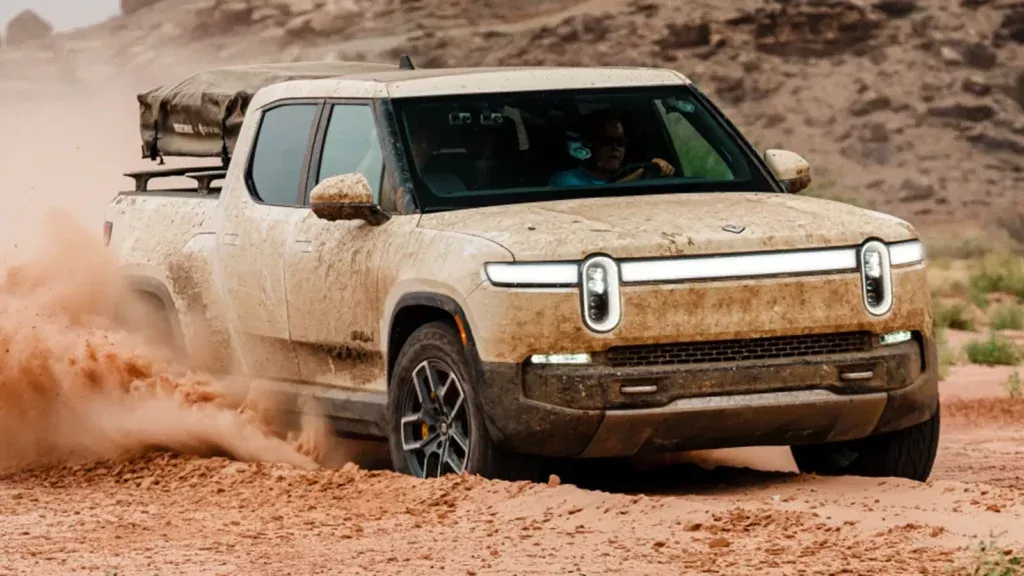Traveling alone in remote areas can be risky. Vehicles often get stuck in mud, sand, snow, or ice, leaving drivers stranded far from help. Standard tire chains, mats, or bulky recovery tools can be slow, hard to use, or take up too much space.
That’s why a compact, fast, and reusable traction aid like TruckClaws is essential. With TruckClaws, solo travelers can quickly recover their vehicle without needing another car, making off-grid adventures safer and stress-free.
What Makes TruckClaws the Ultimate Traction Aid?
TruckClaws work on many surfaces—mud, sand, snow, and ice—making them perfect for off-grid travel. Unlike traditional chains, mats, or bulky winches, TruckClaws are quick to set up, reusable, and need no extra anchors.
They are portable and built with aircraft-grade aluminum and strong straps, so they last long and handle heavy loads.
Whether for fleet vehicles or personal trucks and SUVs, TruckClaws are a key tool in any minimalist recovery kit, helping solo travelers get moving fast in tough terrain.
What Are the Core Essentials for a Solo Off-Grid Recovery Kit?
A good solo off-grid recovery kit starts with TruckClaws—compact, lightweight, and ready to give immediate traction when your vehicle is stuck.
Use ratchet straps to attach the claws securely to your tires. Include gloves for hand protection during setup and portable lighting like a flashlight or headlamp for low-light conditions.
A basic tool kit with a small socket set or adjustable wrench helps tighten straps quickly. These items focus on speed, ease of use, and portability, making recovery faster and safer than bulky traditional gear.
What Additional Gear Improves Safety and Versatility?
For solo off-grid travel, a small shovel helps clear mud or sand around stuck tires. A tire deflator or portable air compressor adjusts pressure to improve grip. Include a foldable safety vest and glasses for visibility and protection.
For extreme situations, you can carry extra TruckClaws or traction boards—compact and reusable—to ensure recovery on tough terrain.
These items fit easily in a compact recovery kit, perfect for light trucks, SUVs, and commercial vehicles, keeping you safe and ready for emergencies.
How Can You Use TruckClaws for Fast Self-Recovery?
To get unstuck quickly, place TruckClaws on the drive wheels (rear for RWD, front for FWD, all wheels for 4WD). Secure them using ratchet straps for fast and stable installation.
Deploy the claws when tires spin or the vehicle is stuck in mud, sand, snow, or ice. In severe conditions, combine with recovery straps or extra TruckClaws for added traction.
This method allows solo travelers to recover safely, without a winch, minimizing downtime and keeping your off-grid adventure on track.
How Should You Store and Carry TruckClaws and Recovery Gear?
Keep TruckClaws, ratchet straps, and an optional shovel in a compact carry bag. For commercial vehicles, use cable locks to prevent theft. Balance weight and placement to stop rattling and make the most of interior space.
Keep the kit easily accessible so you can reach it quickly in emergencies. You can also include a tire deflator, small tool kit, or flashlight efficiently in the same bag for added convenience.
Who Can Benefit from a Minimalist Recovery Kit with TruckClaws?
Everyday drivers like SUVs, pickups, and RVs can stay safe off-grid. Outdoor enthusiasts such as overlanders, hunters, and campers gain quick self-recovery in mud, sand, or snow.
Commercial vehicles including fleet trucks, delivery vans, and emergency services reduce downtime with fast traction.
Recommended products include the TruckClaws II Off-Road Combo Kit and TruckClaws Commercial Extreme Kit for reliable, portable recovery.
Conclusion – Be Ready for Off-Grid Emergencies
Mud, sand, snow, or ice can easily trap vehicles, making a minimalist recovery kit essential. A compact setup with TruckClaws, ratchet straps, gloves, and a small tool set ensures fast, safe, and reliable self-recovery.
Always keep TruckClaws ready to reduce downtime and stay safe while exploring off-grid or remote areas.

 Entertainment3 months ago
Entertainment3 months ago
 Entertainment3 months ago
Entertainment3 months ago
 Celebrity2 months ago
Celebrity2 months ago
 Celebrity2 months ago
Celebrity2 months ago
















